Wonderous wet rooms
Having become more popular in recent years, wet rooms are stylish, excellent for smaller spaces, ideal for those with accessibility issues and are easy to keep clean. As with any home improvement project, make sure you have completed some background research as there is plenty to bear in mind before embarking on the installation of a wet room. Hopefully, the following will help:
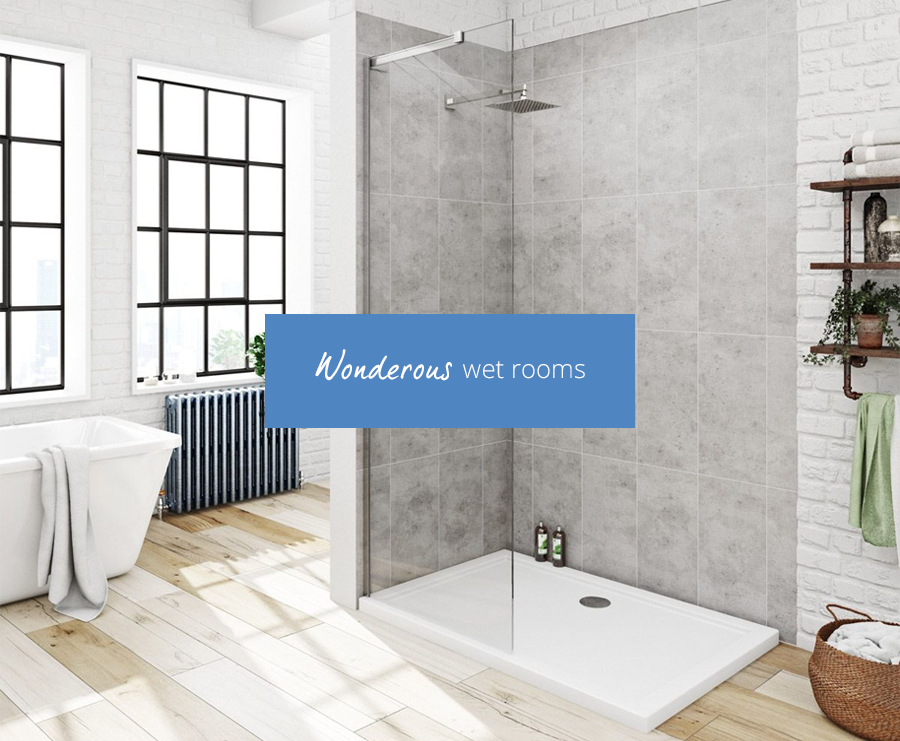
Definition of a wet room
The true definition of a wet room is a waterproof room equipped with a shower. Rather than having a separate shower over bath, shower cubicle or shower enclosure, the walls of the room itself effectively act as the shower enclosure, with a drain inset into the floor replacing the conventional shower tray.
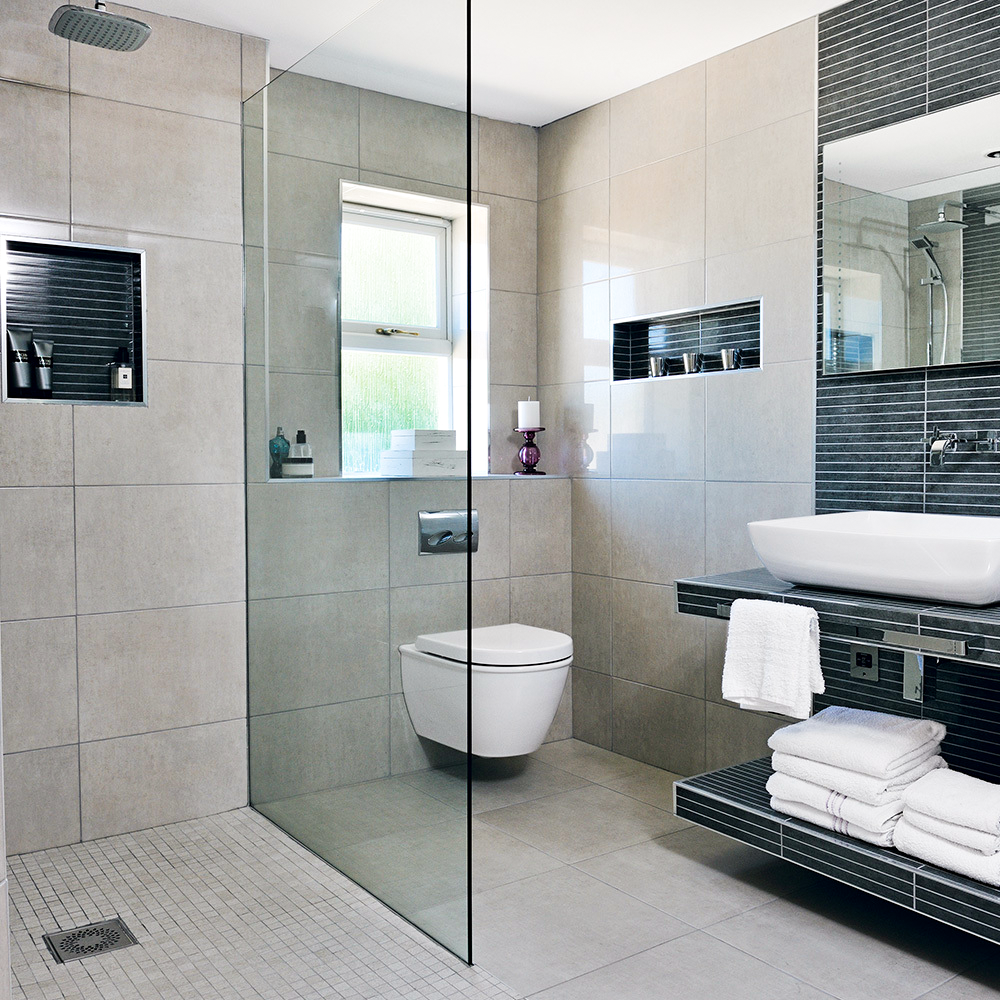
Features of a wet room
Because there is no shower tray there is more scope to create a shower area to any size, in any position – you could even choose to have the shower in the middle of the room! Wherever you decide, the shower unit and controls must be fitted to one of the walls within the wet room. Often a glass screen is installed to help minimise the impact of water on the rest of the bathroom while maintaining the effect of space.
Most importantly a wet room needs to be waterproofed (tanked) to keep the shower water within the room and to stop damp or water damage getting into other rooms or vital building structures, such as joists. Most wet rooms are tiled from floor to ceiling to take care of the issue of waterproofing.
Drainage is another key feature to consider making sure that the floor slopes away at the correct angle and that there is a soak away in place.
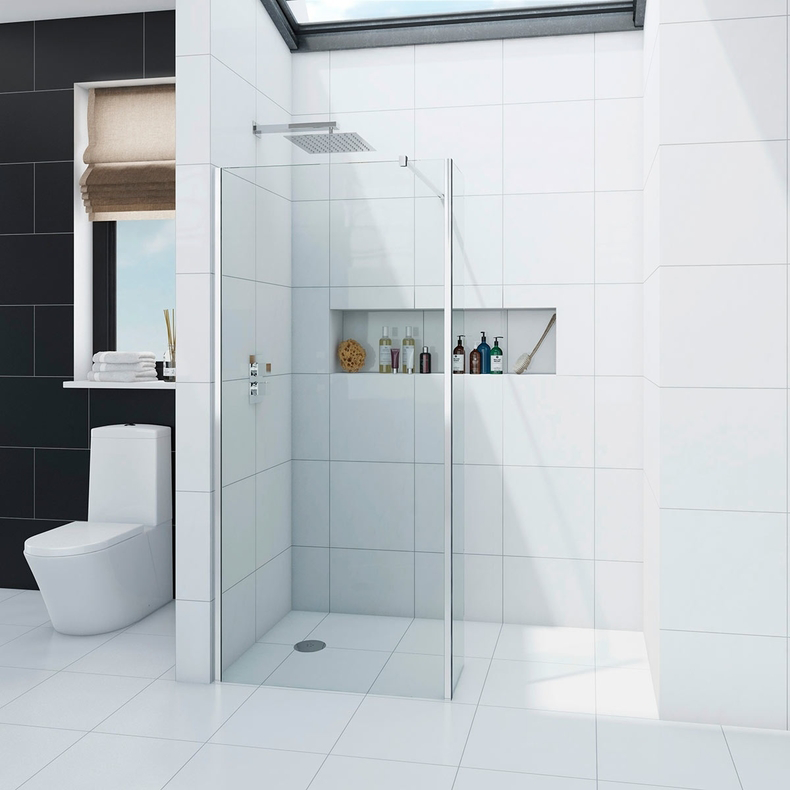
Where to have a wet room
Wet rooms can be used as a main bathroom or as an en-suite. They are particularly popular in secondary bathroom as these tend to be smaller than the main bathroom and it can be difficult to fit all sanitaryware into a tight space.
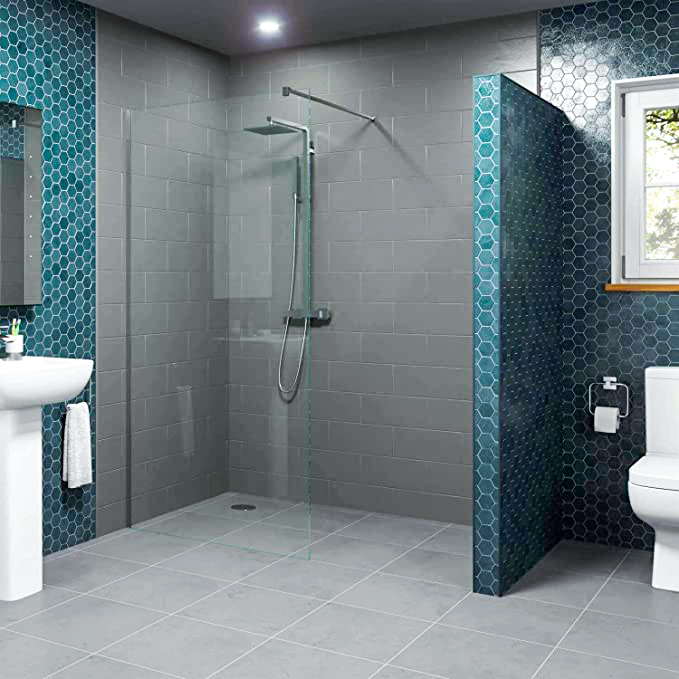
Advantages of a wet room
Wet rooms are on-trend having featured heavily on interior design programmes and in magazines. Considered stylish and modern, wet rooms are a great space-saver and can certainly add the wow-factor to any home and due to their minimalist nature feature different materials such as stone, wood and concrete.
Wet rooms are a practical solution, particularly for people with mobility issues as they eliminate the need to step into a shower cubicle or into a bath with showerhead. A wet room is a flexible option - the shower can literally be anywhere within the room and, as wet rooms are essential one big space, they are easier to clean with fewer surfaces and corners to worry about.
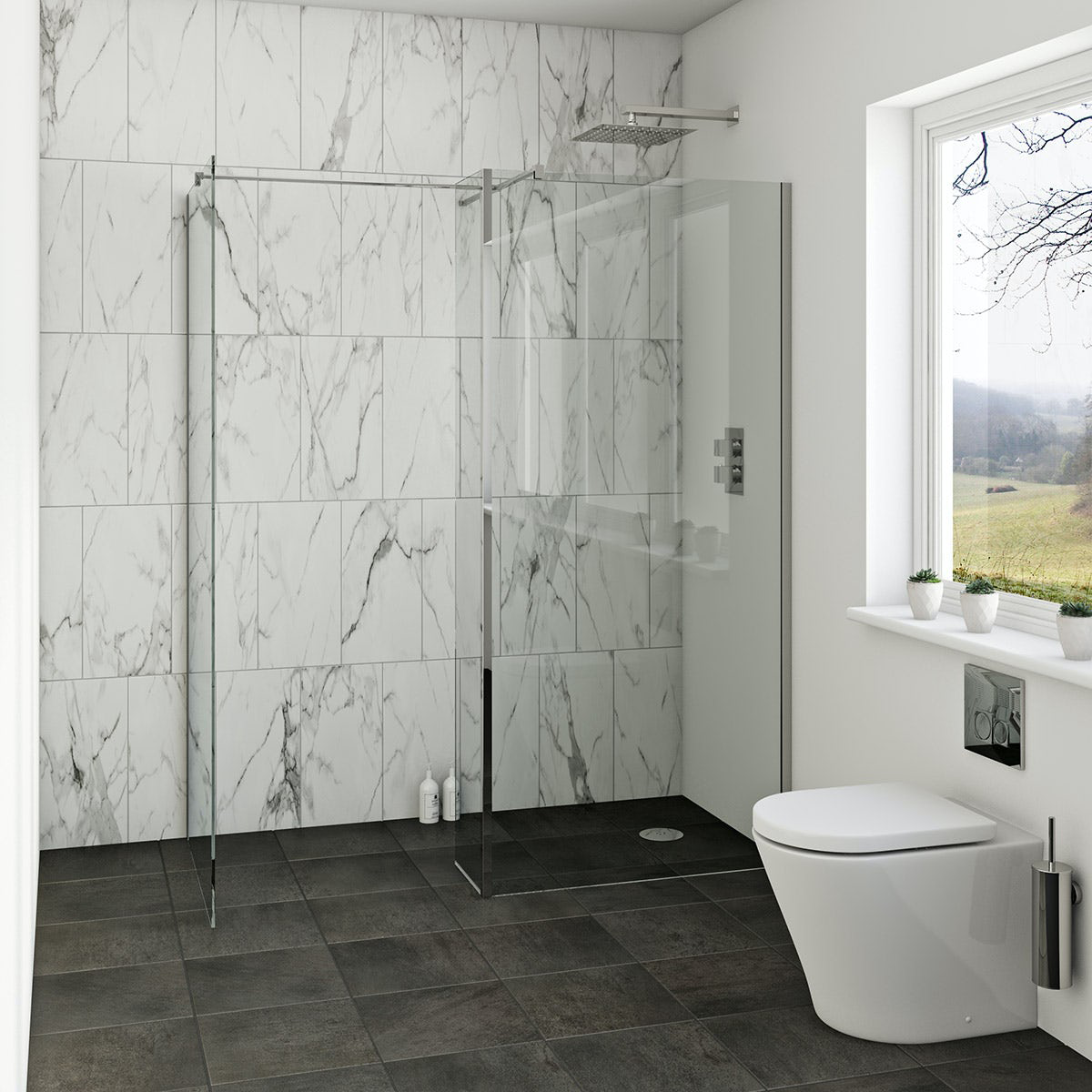
Drawbacks of a wet room
Wet rooms are wonderful additions to any home. However, if you make the decision to remove your bath and replace with a wet room, make sure this is a decision you can live with as it’s difficult, not to mention costly, to reverse.
If your bathroom is particularly small, then think carefully about the furniture you choose. The dampness of the room can lead to your towels and toilet roll getting wet, so you might want to make sure accessories such as towel rails are kept as far away from the shower as possible.
When it comes to tiling, many people love the idea of natural stone tiles in a wet room, but this isn’t always practical because the porous stone absorbs moisture and will need to be resealed every few months to keep it waterproof. Ceramic or other similar materials are a more practical tiled solution for wet rooms.
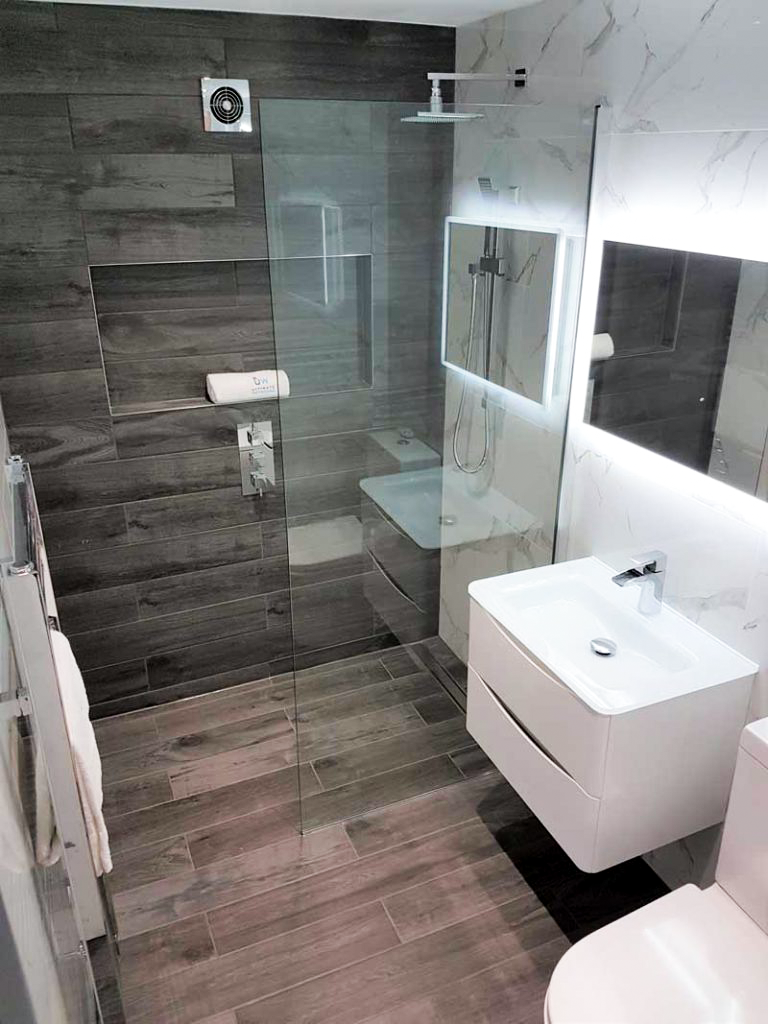
The Compare Network
Copyright – Insight Retail Group Ltd 2025 All rights reserved